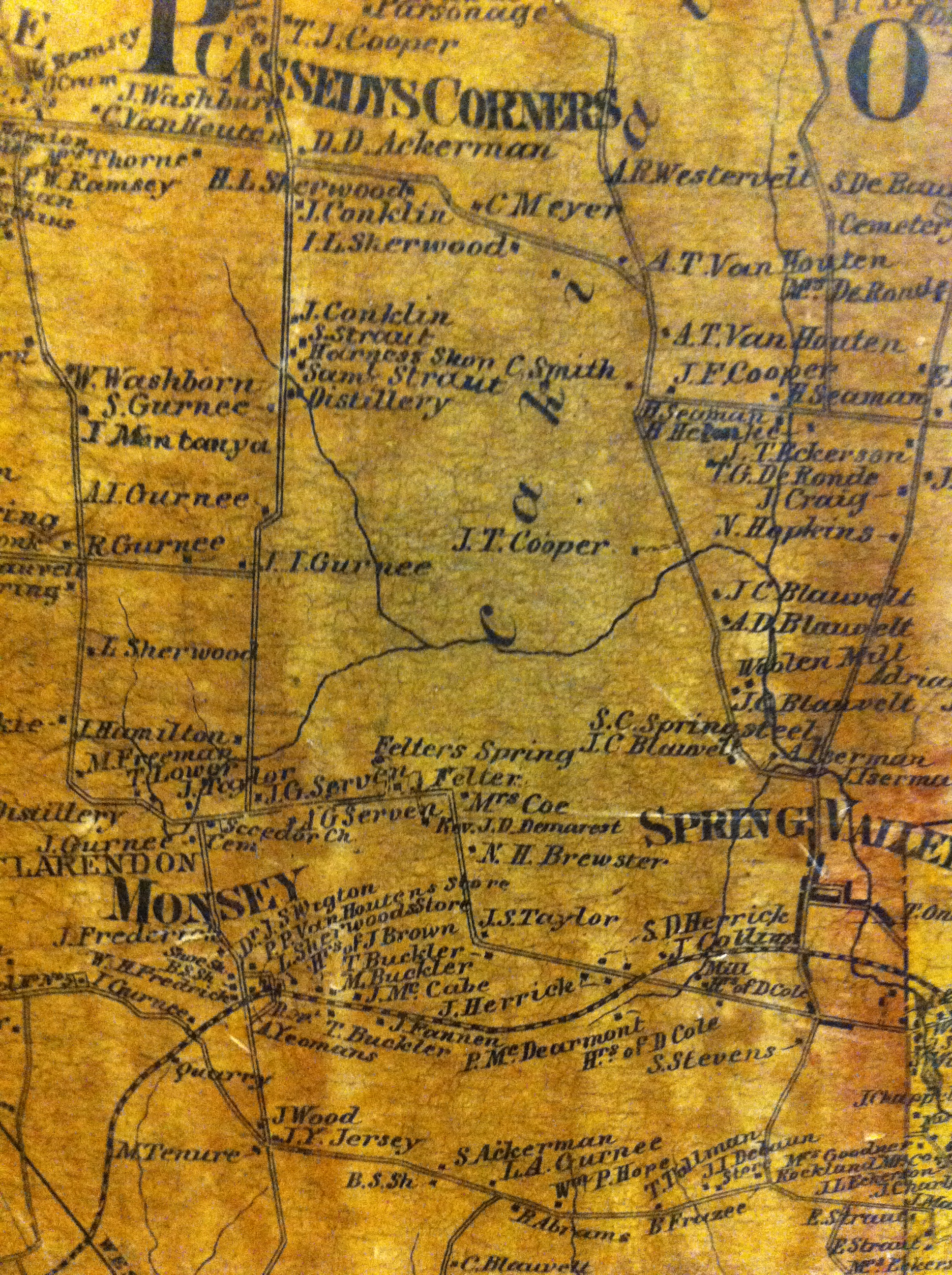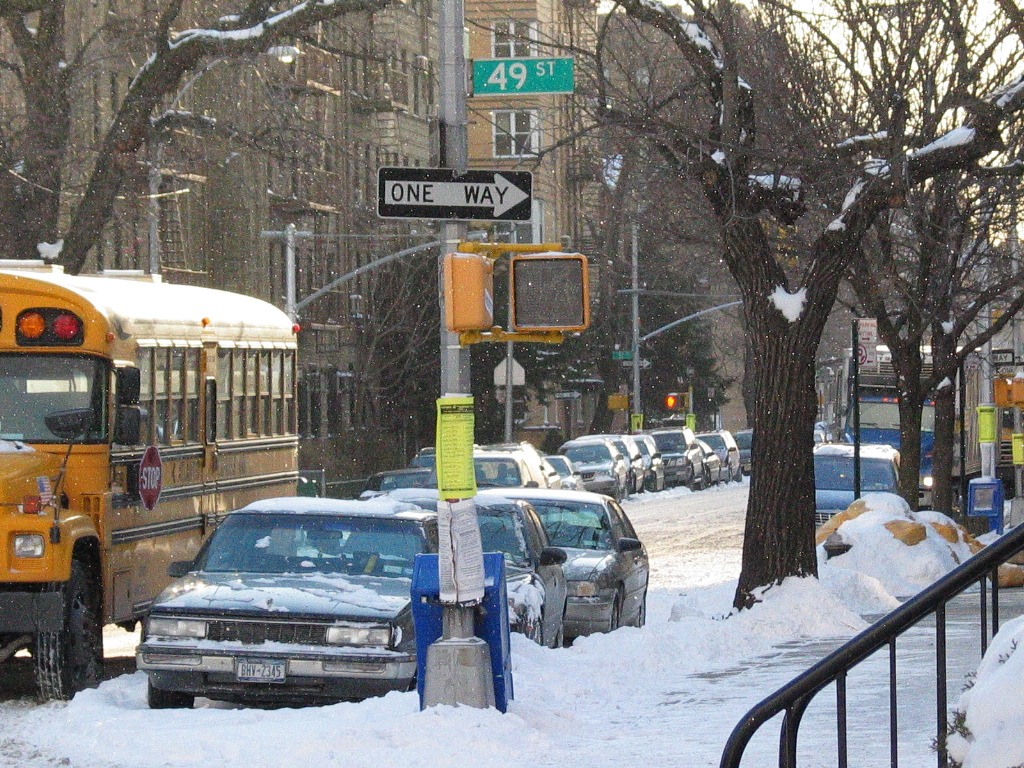|
Aleksander (Hasidic Dynasty)
Aleksander (Yiddish: אלעקסאנדער) is a Polish Hasidic dynasty originating from the city of Aleksandrow Lodzki, Poland, where it was founded by Shraga Fayvel Dancyger (d. 1848). Aleksander is a branch of Vurka, as Shraga Fayvel Dancyger was a leading disciple of Rabbi Israel Yitzhak Kalish of Vurka. Prior to the Holocaust, Aleksander was the second to largest Hasidic group in Poland. They attracted artisans, merchants and water carriers rather than elite Talmudic scholars and richer people who were attracted to Ger. Like the rest of Polish Jewry, almost all of Aleksander hasidim were murdered in the Holocaust. Between the world wars, Hasidic Jews from all over flocked to the small village of Aleksander to spend the holiest days of the Jewish year in the presence of their spiritual leader, their rebbe, Rabbi Yitzchak Menachem Dancyger (1879–1942). The Rebbe of Aleksander attempted to remain neutral in political issues while emphasizing communal prayer and the study ... [...More Info...] [...Related Items...] OR: [Wikipedia] [Google] [Baidu] |
Grójec
Grójec is a town in Poland, located in the Masovian Voivodeship, about south of Warsaw. It is the capital of the urban-rural administrative district Grójec and Grójec County. It has 16,674 inhabitants (2017). Grójec surroundings are considered to be the biggest apple-growing area of Poland. It is said that the region makes up also for the biggest apple orchard of Europe. Statistically, every third apple sold in Poland is grown in Grójec – a unique local microclimate provides for their beautiful red colour.Michał Mackiewicz "Okolice Grójca." Mazowiecki Urząd Wojewódzki w Warszawie. History In the 11th and 12th centuries, Grójec was the seat of a castellany, which was then moved to Czersk. It was granted town rights in 1419 by Duke Janusz I of Warsaw from the Piast dynasty. World War II In September 1939, during the joint German-Soviet invasion of Poland which started World War II, the town was bombed by the ''Luftwaffe'' and afterwards captured by Germany. ... [...More Info...] [...Related Items...] OR: [Wikipedia] [Google] [Baidu] |
Lakewood Township, New Jersey
Lakewood Township is the most populous township in Ocean County, in the U.S. state of New Jersey. A rapidly growing community as of the 2020 U.S. census, the township had a total population of 135,158 representing an increase of 41,415 (+45.5%) from the 92,843 counted in the 2010 census.DP-1 - Profile of General Population and Housing Characteristics: 2010 for Lakewood township, Ocean County, New Jersey , . Accessed January 3, 2012. [...More Info...] [...Related Items...] OR: [Wikipedia] [Google] [Baidu] |
Monsey, New York
Monsey (, yi, מאנסי, translit=Monsi) is a hamlet and census-designated place in the town of Ramapo, Rockland County, New York, United States, located north of Airmont, east of Viola, south of New Hempstead, and west of Spring Valley. The village of Kaser is surrounded by the hamlet of Monsey. The 2020 census listed the population at 26,954. The hamlet has a large, and growing, community of Orthodox Jews. History Rockland County was inhabited by the Munsee band of Lenape Native Americans, who were speakers of the Algonquian languages. Monsey Glen, a Native American encampment, is located west of the intersection of State Route 59 and State Route 306. Numerous artifacts have been found there and some rock shelters are still visible. The Monsey railroad station, which received its name from an alternate spelling of the Munsee Lenape, was built when the New York & Erie Railroad passed through the glen in 1841. In the 1950s, Monsey was a one stoplight town with a singl ... [...More Info...] [...Related Items...] OR: [Wikipedia] [Google] [Baidu] |
Boro Park
Borough Park (also spelled Boro Park) is a neighborhood in the southwestern part of the borough of Brooklyn, in New York City. The neighborhood is bordered by Bensonhurst to the south, Dyker Heights to the southwest, Sunset Park to the west, Kensington and Green-Wood Cemetery to the northeast, Flatbush to the east, and Midwood to the southeast. It is economically diverse, and home to one of the largest Orthodox Jewish communities outside Israel, with one of the largest concentrations of Jews in the United States, and Orthodox traditions rivaling many insular communities. As the average number of children in Orthodox and Haredi families is 6.72, Boro Park is experiencing a sharp growth in population. The neighborhood is part of Brooklyn Community District 12, and its primary ZIP Code is 11219. It is patrolled by the 66th Precinct of the New York City Police Department. Politically, it is represented by the New York City Council's 38th, 39th, and 44th Districts. History ... [...More Info...] [...Related Items...] OR: [Wikipedia] [Google] [Baidu] |
Land Of Israel
The Land of Israel () is the traditional Jewish name for an area of the Southern Levant. Related biblical, religious and historical English terms include the Land of Canaan, the Promised Land, the Holy Land, and Palestine (see also Israel (other)). The definitions of the limits of this territory vary between passages in the Hebrew Bible, with specific mentions in Genesis 15, Exodus 23, Numbers 34 and Ezekiel 47. Nine times elsewhere in the Bible, the settled land is referred as "from Dan to Beersheba", and three times it is referred as "from the entrance of Hamath unto the brook of Egypt" (1 Kings 8:65, 1 Chronicles 13:5 and 2 Chronicles 7:8). These biblical limits for the land differ from the borders of established historical Israelite and later Jewish kingdoms, including the United Kingdom of Israel, the two kingdoms of Israel (Samaria) and Judah, the Hasmonean Kingdom, and the Herodian kingdom. At their heights, these realms ruled lands with similar but ... [...More Info...] [...Related Items...] OR: [Wikipedia] [Google] [Baidu] |
Warsaw Ghetto
The Warsaw Ghetto (german: Warschauer Ghetto, officially , "Jewish Residential District in Warsaw"; pl, getto warszawskie) was the largest of the Nazi ghettos during World War II and the Holocaust. It was established in November 1940 by the German authorities within the new General Government territory of occupied Poland. At its height, as many as 460,000 Jews were imprisoned there, in an area of , with an average of 9.2 persons per room, barely subsisting on meager food rations. From the Warsaw Ghetto, Jews were deported to Nazi concentration camps and mass-killing centers. In the summer of 1942, at least 254,000 ghetto residents were sent to the Treblinka extermination camp during under the guise of "resettlement in the East" over the course of the summer. The ghetto was demolished by the Germans in May 1943 after the Warsaw Ghetto Uprising had temporarily halted the deportations. The total death toll among the prisoners of the ghetto is estimated to be at least 300,000 kill ... [...More Info...] [...Related Items...] OR: [Wikipedia] [Google] [Baidu] |
Yitzchok Menachem Mendel Dancyger
Yitzchok is a given name, derived from the Yiddish pronunciation of the Hebrew name for Isaac, one of the patriarchs of the Israelites. Notable people with the name include: *Yitzchok Adlerstein, American rabbi * Yitzchok Breiter, Polish Ukrainian rabbi *Yitzchok Ezrachi, Israeli rabbi *Yitzchok Friedman, first Rebbe of the Boyaner Hasidic dynasty *Yitzchok Dovid Groner, American Australian rabbi *Yitzchok Hutner, Polish American rabbi *Yitzchok Isaac Krasilschikov, Russian rabbi *Yitzchok Zev Soloveitchik, Lithuanian Israeli rabbi *Yitzchok Sorotzkin, American rabbi *Yitzchok Sternhartz, Ukrainian Israeli rabbi *Yitzchok Tuvia Weiss, Jerusalem rabbi *Yitzchok Yaakov Weiss, Austro-Hungarian rabbi *Yitzchok Zilber, Russian rabbi *Yitzchok Zilberstein, Israeli rabbi See also * Isaac (name) * Yitzhak Yitzhak( ()) is a male first name, and is Hebrew for Isaac. Yitzhak may refer to: People *Yitzhak ha-Sangari, rabbi who converted the Khazars to Judaism *Yitzhak Rabin (1922–1995), Is ... [...More Info...] [...Related Items...] OR: [Wikipedia] [Google] [Baidu] |
Piotrków Trybunalski
Piotrków Trybunalski (; also known by #Etymology, alternative names), often simplified to Piotrków, is a city in central Poland with 71,252 inhabitants (2021). It is the second-largest city situated in the Łódź Voivodeship. Previously, it was the capital of an independent Piotrków Voivodeship (1975–1998); it is now the capital of Piotrków County. Founded in the late Middle Ages, Piotrków was once a Royal city in Poland, royal city and an important place in Polish history; the first Sejm of the Polish–Lithuanian Commonwealth, parliament sitting was held here in the 15th century. It then became the seat of a Crown Tribunal, the highest court of the Polish–Lithuanian Commonwealth. The city also hosted one of Poland's oldest History of Jews in Poland, Jewish communities, which was entirely destroyed by the Holocaust. The old town in Piotrków features many historical and architectural monuments, including tenements, churches, synagogues and the medieval Piotrków Trybuna ... [...More Info...] [...Related Items...] OR: [Wikipedia] [Google] [Baidu] |
Opoczno
Opoczno ) is a town in south-central Poland, in eastern part of Łódź Voivodeship (since 1999), previously in Piotrków Trybunalski Voivodeship (1975–1998). It has a long and rich history, and in the past it used to be one of the most important urban centers of northwestern Lesser Poland. Currently, Opoczno is an important road and rail junction; its patron saint is Saint Cecilia, and the town is famous across Poland for its folklore. Location Opoczno lies on the Wąglanka river, in northwestern corner of historic Lesser Poland, on the boundary between Lesser Polish Upland, and Mazovian Lowland. On December 31, 2020, its population was 20,746. The town and its commune have a total area of 190 km2, which makes it one of the largest communes in the voivodeship. In the Polish–Lithuanian Commonwealth, Opoczno was part of Sandomierz Voivodeship, and for centuries was the seat of a large county; in the Second Polish Republic (and from 1950 to 1975), it belonged to Kielce Voivod ... [...More Info...] [...Related Items...] OR: [Wikipedia] [Google] [Baidu] |
Bełchatów
Bełchatów () is a city in central Poland with a population of 55,583 as of December 2021. It is located in Łódź Voivodeship, from Warsaw. The Elektrownia Bełchatów, located in Bełchatów, is the largest coal fueled power plant in Europe and one of the largest in the world. It produces 27–28 TWh of electricity per year, or 20% of the total power generation in Poland. 8,000 people work directly for the company that runs the coal mine and electricity plants. Districts One municipal division of Bełchatów comprises numerous housing estates including the Budowlanych housing estate located in the central part of the town (close to the "Kultura" cinema, the Municipal Cultural Center, the Town Hall and the church). The estate is also close to the "Rakówka" river and Olszewski Park. Other municipal divisions of Bełchatów include Dobrzelów District, Grocholice, and the following housing estates: Cuisine The officially protected traditional food of Bełchatów (as de ... [...More Info...] [...Related Items...] OR: [Wikipedia] [Google] [Baidu] |






.jpg)